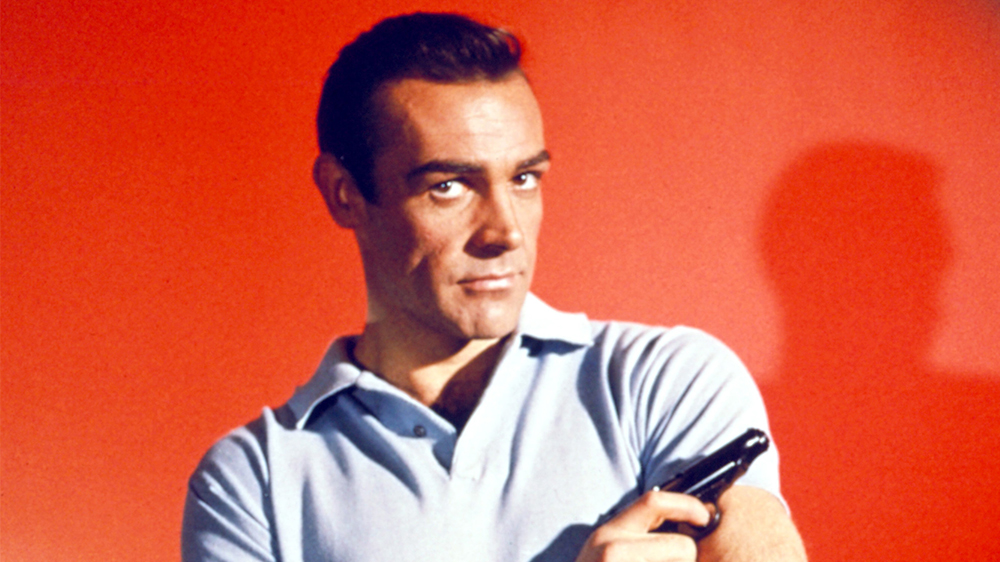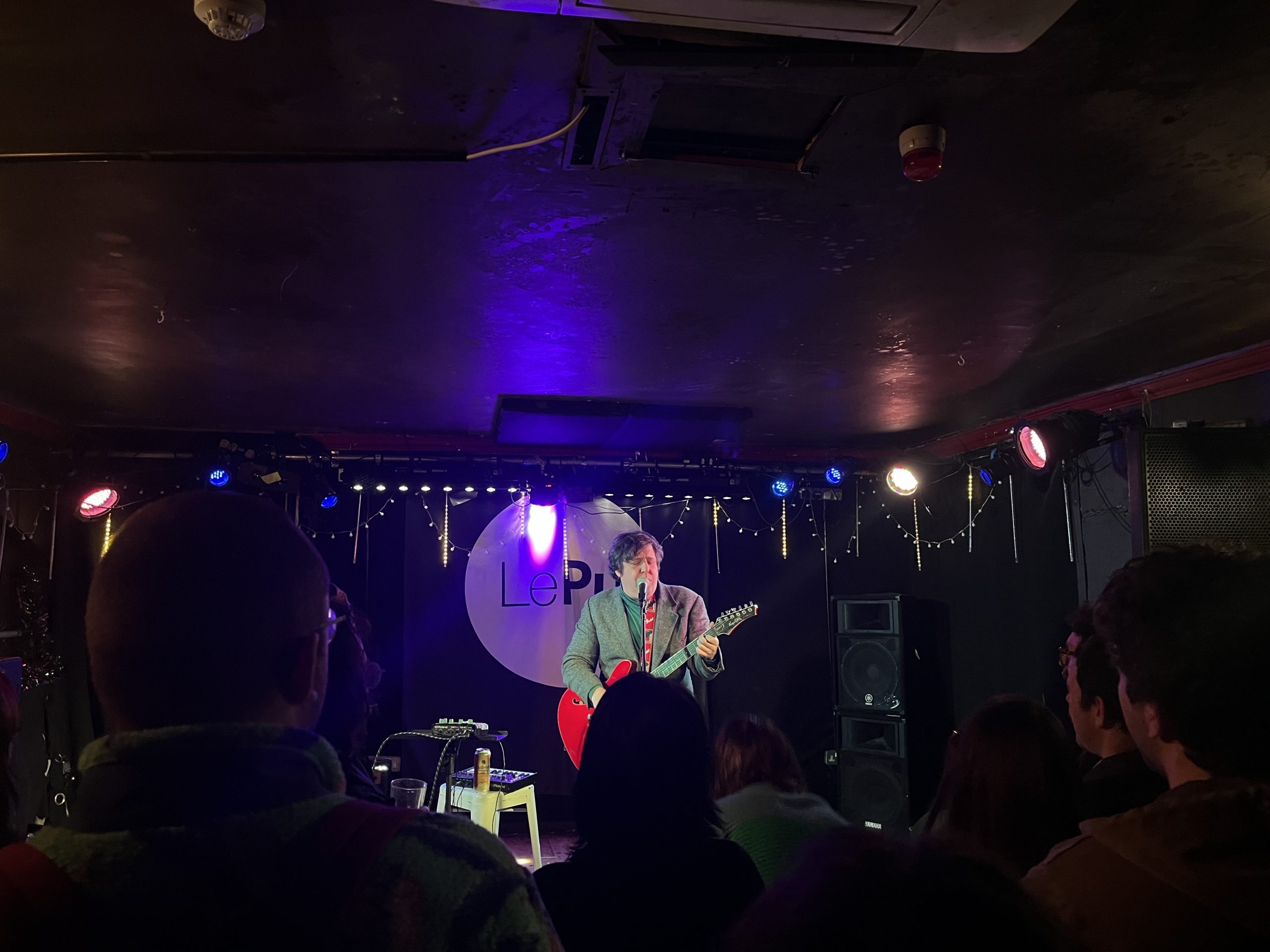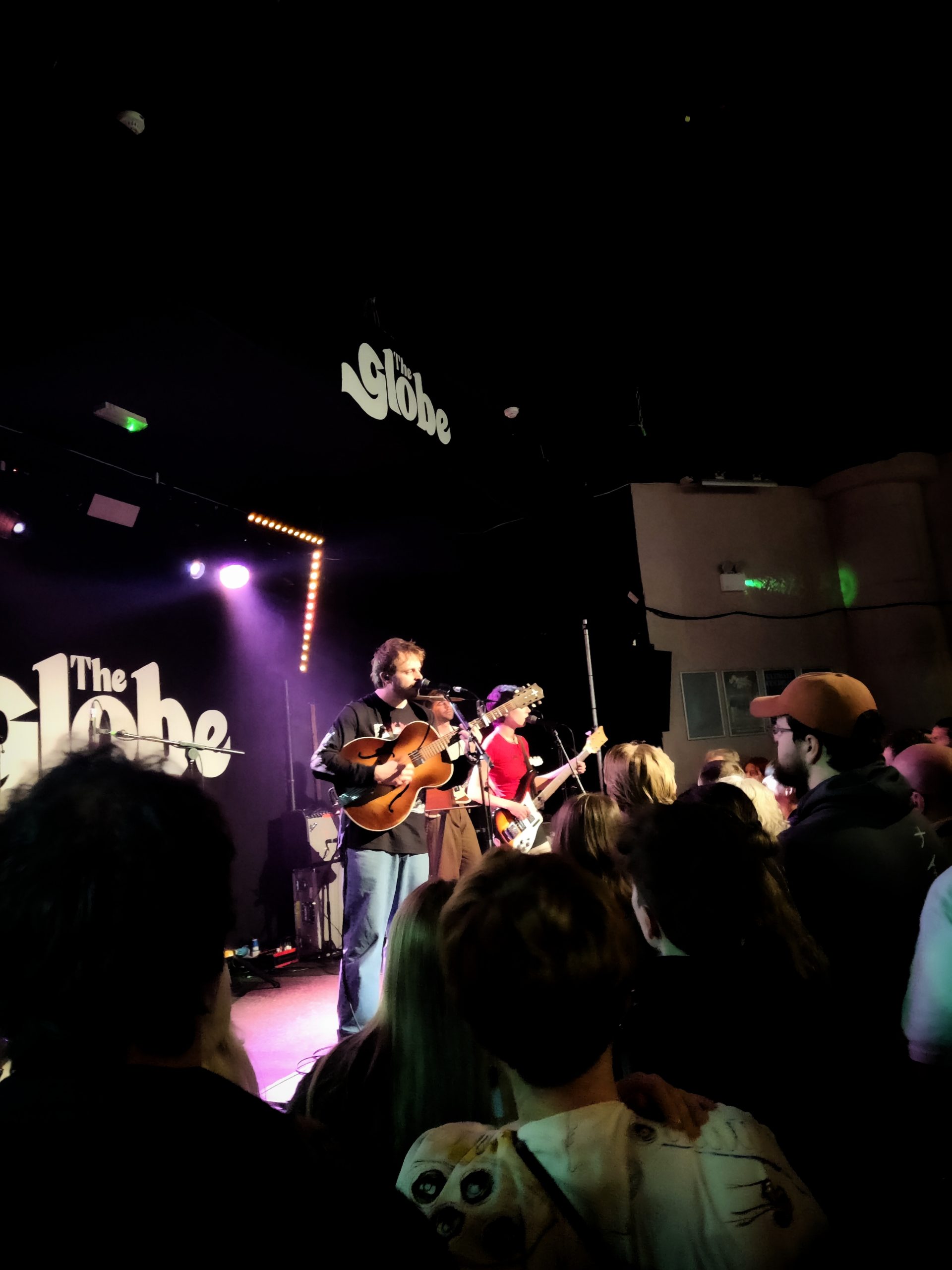Cover illustration by Anna Kerslake
Words by Chloe Chapman
James Bond is notably one of the most iconic landmarks of British film culture. It even featured amongst the performances as part of the 2012 Olympic opening ceremony with Daniel Craig helping the Queen to ÔÇÿskydive’ into the arena (a good nod to that year’s film Skyfall, I’ll admit). The simple yet classic phrase “Bond, James Bond” has resonated across nearly 60 years of film and is the body of many other cultural references. The franchise’s ability to reinvent its action genre tropes with each generation has ultimately led to the films to be a staple example of the genre. Furthermore, the recasting and updating of the actors that play the famous 007 have kept the films modern and up to date with current events while helping to create speculation about who will be the next Bond. So, with the release of Daniel’s Craig’s final Bond film No Time To Die expected in 2021, we here at Quench thought it was about time we take a look at the start of the agent’s onscreen career.
James Bond first graced our screens back in 1962 with Dr No. The film is based on Ian Fleming’s sixth book in his James Bond collection and was directed by Terence Young. The film is set in Jamaica, kick starting the franchise’s prominence in international affairs, and follows Bond as he investigates the disappearance of a fellow MI6 agent. I think one of the reasons why the film was so popular with audiences originally, and why it kick-started an unbeatable franchise, was how well the tone and formula was set up in this first instalment.
Sean Connery’s portrayal immediately establishes a suave and tough man with a particular liking for poker and martinis (although this is now a liking for Heineken and modern brand deals). He’s a beacon for attracting beautiful women and is incredibly smooth in his ÔÇÿwooing’ of them. He introduces new technology and gadgets that are ultimately quite fun for the audience to see in action. He generally just has a powerful magmatism to his character. As for Dr No, his portrayal as a villain is set up very cleverly considering the constraints of filming in the 60s. His screen time is very minimal, and his introductory appearances are very clever at cutting off any identifying features. Ultimately positioning him as a mysterious unknown power, his villain status is amplified. All in all, the character tropes established have proven very popular amongst audiences.

However, the franchise is rife with controversy nowadays. It has a precarious relationship with feminism and international cultures, as there is a lot to criticise in the earlier films. Quite noticeably, the film’s depiction of women is very menial in its cultural representations. They always appear as minor characters, there to satisfy Bond’s and the audiences’ sexual desires. In general, they are incredibly sexualised and always appear to be a damsel in distress for Bond to save. His dismissal of them after sex in the films also establishes the painful reality of misogyny and the social hierarchy that is damaging to women’s representations. As for the depictions of other cultures, the films are often criticised for their orientalist and racial stereotyping. Specifically, in Dr No, we see the classic black sidekick and an Asian villain trope, both of whom end up dead. Additionally, the eroticism of other cultures perpetuates a Euro-centric appropriation and sexualisation, diminishing the roles they play and the representation of their cultures.
All things considered, James Bond is an important part of British film history and with the release of newer films, I hope its more problematic content is resolved to better reflect a modern society.


